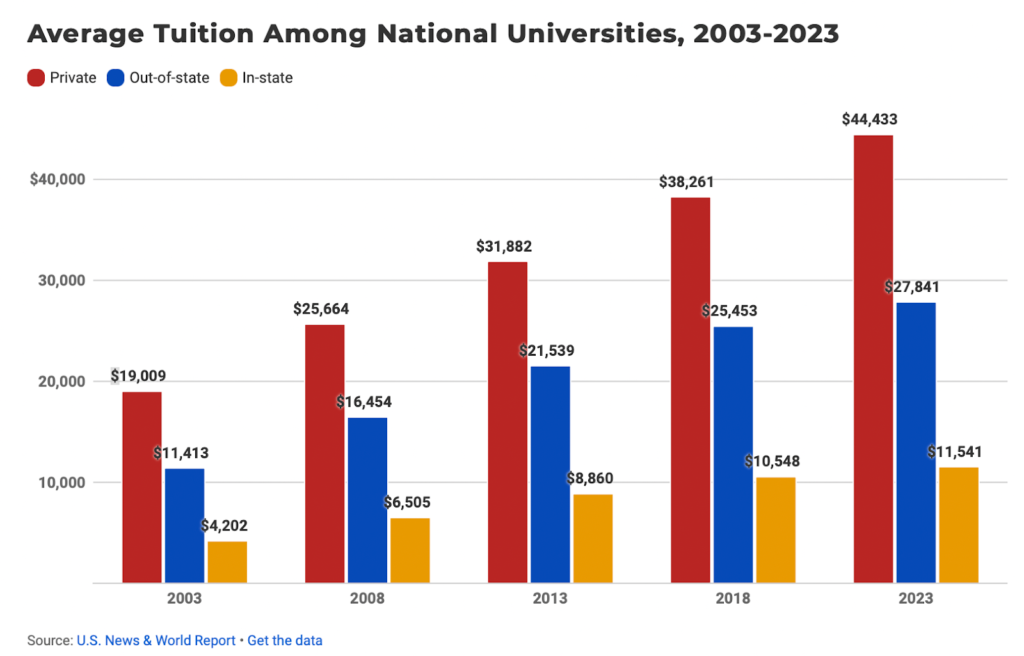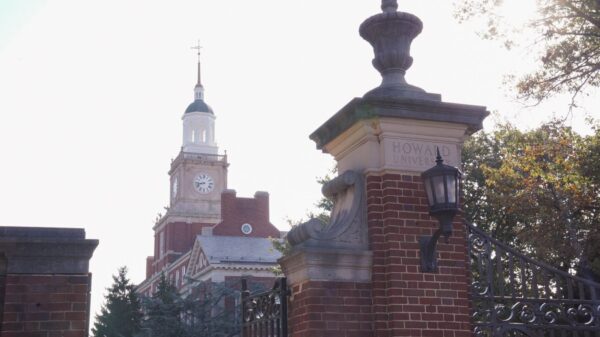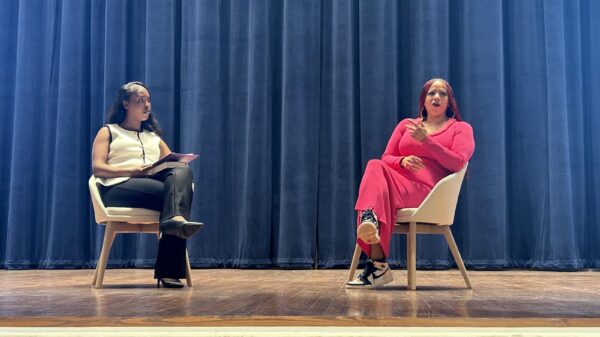
Howard’s Chief Financial Officer Stephen Graham announced a 7.5 percent tuition increase for the 2023-2024 school year, raising undergraduate tuition to $32,878. The message prompted mixed reactions from Howard students after there was a similar increase last August.
According to Graham’s letter, which was sent to the Howard community on April 25, the university is currently experiencing cost increases due to nationwide inflation. Graham said that university operating expenses are areas where inflated costs are felt most substantially.
“We’re constantly looking at revenue. It’s a constant evaluation,” he said in an interview. “Every year there’s inflation and pressures on our cost. The increase should be an expectation.”
During the 2021-2022 academic school year, according to Howard University’s financial services, the estimated total cost of attendance was $49,270. For this school year, the estimated cost of attendance rose by $3,256 to a total of $52,524.
Going into the next school year, 2023-2024, the estimated cost of attendance will rise to $55,704, making a $3,180 difference from this year and a $6,434 difference from two years prior.

Graham doesn’t believe the tuition increase will affect future admissions. He said that for this school year, there were more than 32,000 applicants, the most the university has ever seen. “We don’t feel we’re in a position where we can’t have a great new class of students,” he said.
The letter mentioned that despite the upcoming tuition increase, Howard’s tuition is still lower than most other institutions. However, students at Howard still feel the tuition increase may be too much.
For students like Jawuan Freeman, a junior business major from PG County, Maryland, tuition increases have caused setbacks.
“Dealing with the tuition increases from my sophomore into my junior year has been difficult because it has resulted in unexpected holds on my account due to adjustment in affordability,” Freeman said. “Honestly, the tuition raise led to a domino effect for me personally as it ultimately prevented me from graduating early like I had planned.”
In the past few months, The Hilltop reported that more than 200 Howard students have resorted to GoFundMe for assistance with expenses related to tuition balances and account holds, as there aren’t many debt-free options available for students in need of financial aid.
Graham’s message to these students is that “we’re doing everything we can to get more funding. Every student matters.” He said this year the university has received a record amount of funding.
According to Graham’s letter, the university received $217 million in federal appropriation, $147 million in philanthropic contributions, and $92 million in grant revenue in the 2022 fiscal year.
“We plan on continuing to be generous with our scholarships,” Graham added. According to Howard University institutional data, $106,282,736 in need-based aid was awarded to students in the 2021-22 academic year.

Despite this, some students like Lauren Johnson, a senior criminology major from Los Angeles, still face financial challenges.
“When discussing affordability at Howard with my mom, she offered to take out loans for my time in undergraduate school, which are increasing and increasing as Howard’s tuition rises,” Johnson said. “There are many at the school with more complicated situations than me, and I honestly can relate to the challenge of affording Howard as the tuition is subject to change any year.”
Students at Howard are not the only ones facing tuition increases. According to U.S. News and World Report, tuition and fees at private National universities have spiked 134 percent in the last 20 years.

Students at Cornell are also adjusting to sudden tuition increases.
Ukana Bassey, a sophomore biology major at Cornell University, said the added expenses of a tuition increase can be tough. “This year alone, tuition is going up 5 percent, totaling a 9 percent increase from my freshman year at Cornell,” she said. “Unless you are well off, which most students attending this school are, adding around $5,000 as an extra expense is troubling, especially when there is no forewarning communicated to the students.”
Osareme Odiawa, a sophomore economics major at Georgetown University said their tuition has also been increased recently. “Tuition was raised by 4.9 percent at Georgetown University and the total cost of attendance was raised by 4.8 percent,” she said. “For students at Georgetown, tuition being raised is something we just expect at this point.”
Looking forward, it seems there will be no pause in tuition increases for upcoming school years nationwide. According to MEFA, an organization dedicated to college affordability, the class of 2025 will be estimated to pay a total of $44,310.61 per year for out-of-state public universities and $58,384.51 for all four-year private universities. This would be another near-seven percent rise in the cost of attendance at universities nationwide in the next two upcoming school years.
Copy edited by Nhandi Long-Shipman































